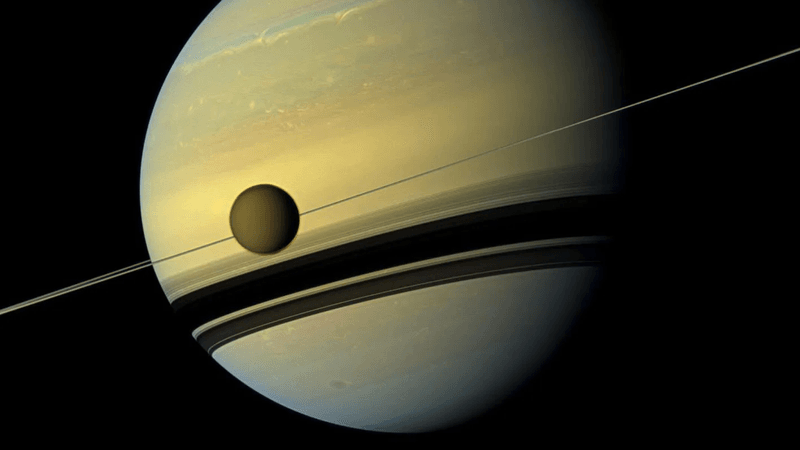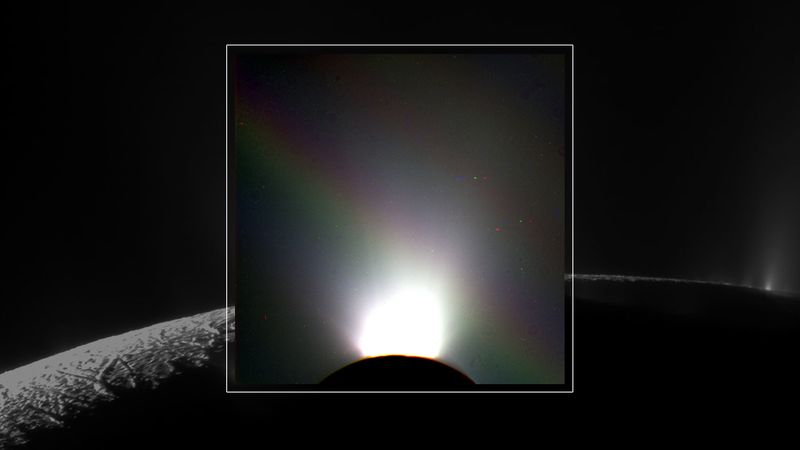On Friday, Intuitive Machines made history, becoming the first private company to make a soft landing on the Moon.
The rest of this article is behind a paywall. Please sign in or subscribe to access the full content.The Odysseus lander, also known as IM-1, safely landed in the South Pole region of the Moon. As well as touching down nearer the lunar pole than any previous lander, the mission marks the first time the US has been to the Moon in over 50 years.
Despite a number of landers making it to the surface in recent years, sending spacecraft to the Moon is still no easy task. Just ask US space company Astrobotic. Odysseus encountered its own problems too during the descent phase, failing to record its historic landing, before briefly losing communications with the Intuitive Machines team below. After a few minutes, contact was re-established, and the team was able to confirm a successful touchdown. It's good and bad news, with the lander believed to be lying on its side against a rock.
Fortunately, the lander should still be able to deliver the majority of its payloads, with the only payload potentially trapped (given that that side of the craft is pressed to the ground) being an art project. Overall, the landing has been a huge success.
"We did have a stable, controlled landing, and a safe, soft touchdown," Tim Crain, chief technology officer and co-founder, Intuitive Machines announced in in a NASA press conference on Friday.
The team reports that the lander is alive and well, successfully charging using its solar chargers, and communicating with Earth. Even more excitingly, NASA instruments on board the craft operated successfully. This includes instruments used to monitor propellant on the way to the Moon, landing technology, and instruments that collected data on plume-surface interactions during the descent.
“For the first time in more than half a century, America returned to the Moon. Congratulations to Intuitive Machines for placing the lunar lander Odysseus carrying NASA scientific instruments to a place no person or machine has gone before, the lunar South Pole,” NASA Administrator Bill Nelson said in a statement. “This feat from Intuitive Machines, SpaceX, and NASA demonstrates the promise of American leadership in space and the power of commercial partnerships under NASA’s CLPS initiative. Further, this success opens the door for new voyages under Artemis to send astronauts to the Moon, then onward to Mars.”
The team is now working fast, given the short operation time they have ahead of them, set by the approaching lunar night.
"Once the Sun sets on 'Oddie', the batteries will attempt to keep the vehicle warm and alive but eventually it'll fall into a deep cold and then the electronics that we produce just won't survive the deep cold of lunar night," Cain added at the press conference, per the BBC. "And so, best case scenario, we're looking at another nine to 10 days [mission time]."
Additional challenges await the team, including that some of the lander's antennas are pointed downwards, when ideally they would be pointing at Earth. Nevertheless, the mission marks a milestone, being the first private lander to land on the Moon, and the first time NASA has operated scientific instruments on the Moon in over 50 years.




